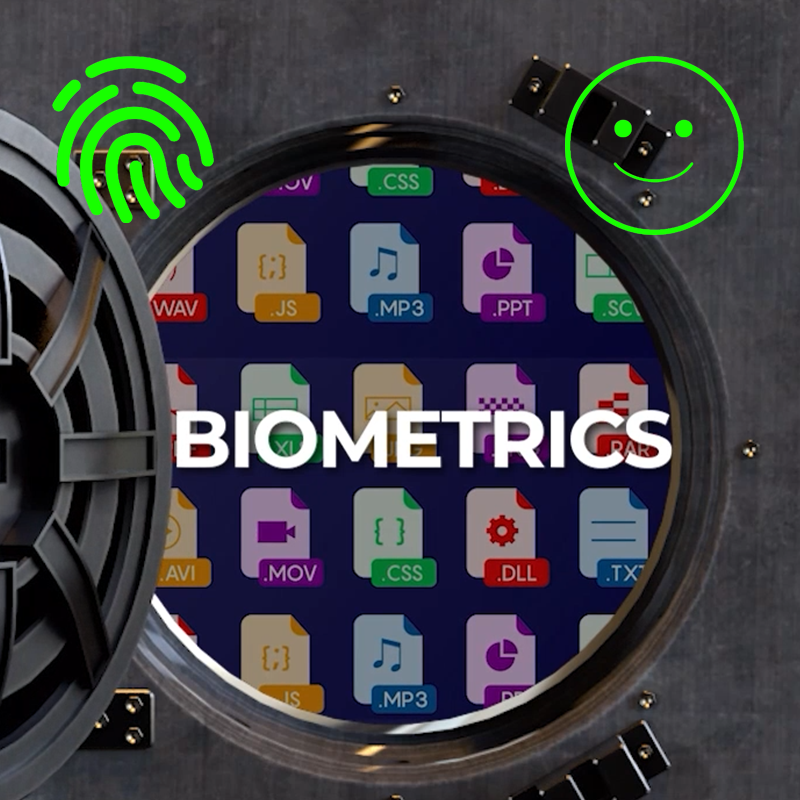Biometrics in Cybersecurity: Enhancing Data Protection
In today’s digital age, where sensitive data flows across the vast landscape of the internet, robust data protection is paramount.
Traditional security measures, such as password-based authentication, often fall short against evolving cyber threats. Enter biometrics, a beacon of hope for enhancing data security.
What Are Biometrics?
Biometrics involve measuring and analysing an individual’s physical and behavioural characteristics. Unlike passwords, biometric traits—such as fingerprints, facial features, iris scans, and voice recognition—are incredibly difficult to replicate or falsify. Here’s why they matter:
- Uniqueness: Each person has a distinct set of biometric traits, making their identity truly one-of-a-kind—even identical twins have differences.
- Inherent Nature: Biometric traits are an inherent part of an individual and cannot be easily lost, forgotten, or stolen.
Applications of Biometrics in Cybersecurity
Authentication and Access Control:
- Fingerprint Scanning: Widely used for unlocking smartphones and laptops, fingerprint recognition provides a secure method for device access.
- Facial Recognition: Commonly found in smartphones, it verifies users by analysing facial features.
- Iris Scans: Used in high-security environments, iris scans offer precise identification.
- Multi-Factor Authentication (MFA): Biometrics can be part of a multi-factor approach, adding layers of verification for enhanced security.
- Digital Payments: Biometrics ensure secure transactions, reducing reliance on passwords.
- Data Encryption: Biometric keys can strengthen encryption, safeguarding sensitive information.
- Behavioural Biometrics: Analysing patterns like typing speed and mouse movements adds an extra layer of security.
Ensuring Biometric Data Security
While biometrics offer robust protection, organisations need to consider appropriate security measures:
Technical Measures: Encrypt biometric data, secure databases, and regularly update systems.
Organisational Measures: Establish policies, train staff, and conduct risk assessments.
Benefits to Businesses
1. Enhanced Security:
- Biometric authentication provides a robust layer of security, reducing the risk of unauthorised access to sensitive data.
- Businesses can protect their premises, devices, and digital systems more effectively.
2. Improved User Experience:
- Biometrics eliminate the need for remembering complex passwords or PINs.
- Customers and employees appreciate the convenience of quick and secure authentication.
3. Fraud Prevention:
- Biometrics make it difficult for fraudsters to impersonate others.
- Financial transactions become more secure, reducing instances of identity theft.
4. Efficient Workflows:
- Biometric time clocks streamline employee attendance tracking.
- Faster authentication speeds up processes, enhancing productivity.
5. Cost Savings:
- Reduced reliance on physical access cards or tokens saves costs.
- Fewer password-related support requests lead to lower IT expenses.
6. Compliance and Accountability:
- Biometrics help meet regulatory requirements (e.g., GDPR).
- Audit trails with biometric data enhance accountability.
In summary, integrating biometrics into business operations not only strengthens security but also enhances user experience, efficiency, and compliance. It’s a win-win for both organisations and their stakeholders.
If you need help with implementing Biometric IT Security measures, we can help with that. Get in touch.





